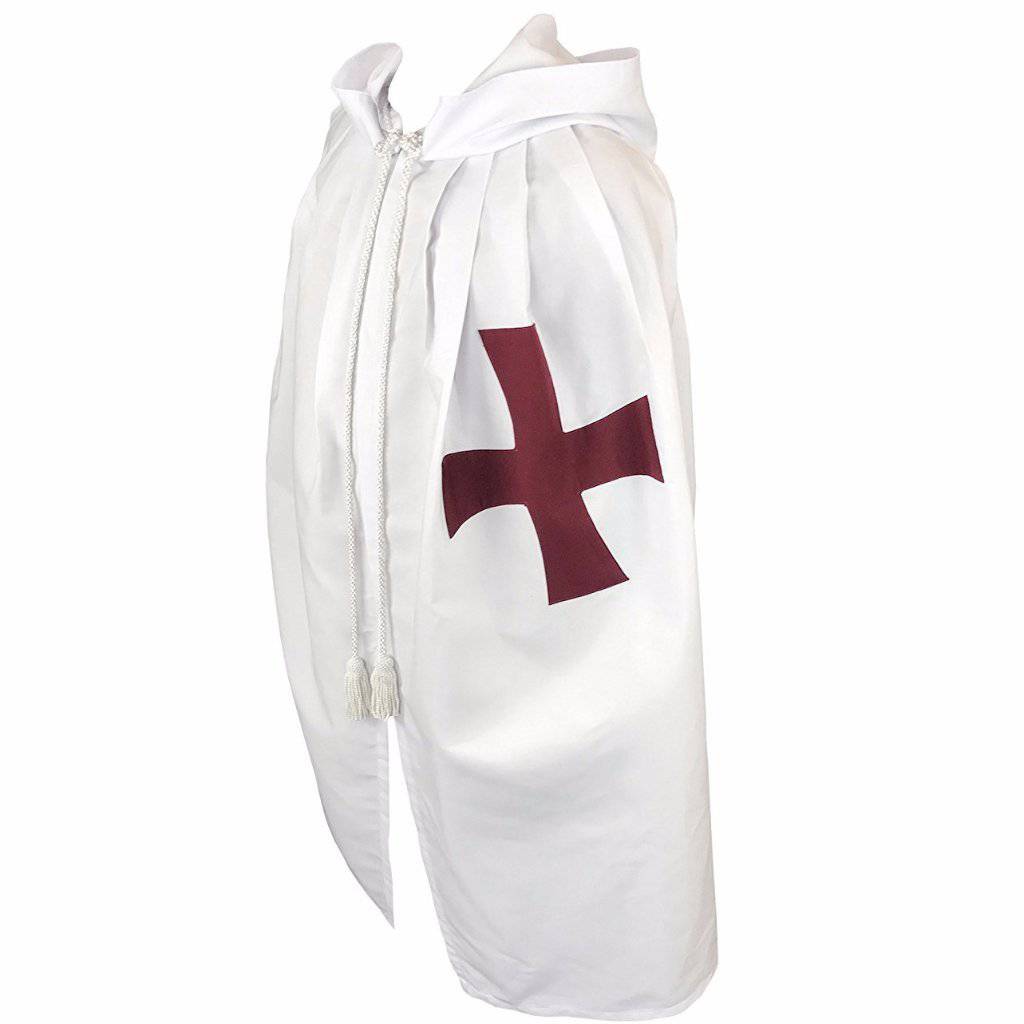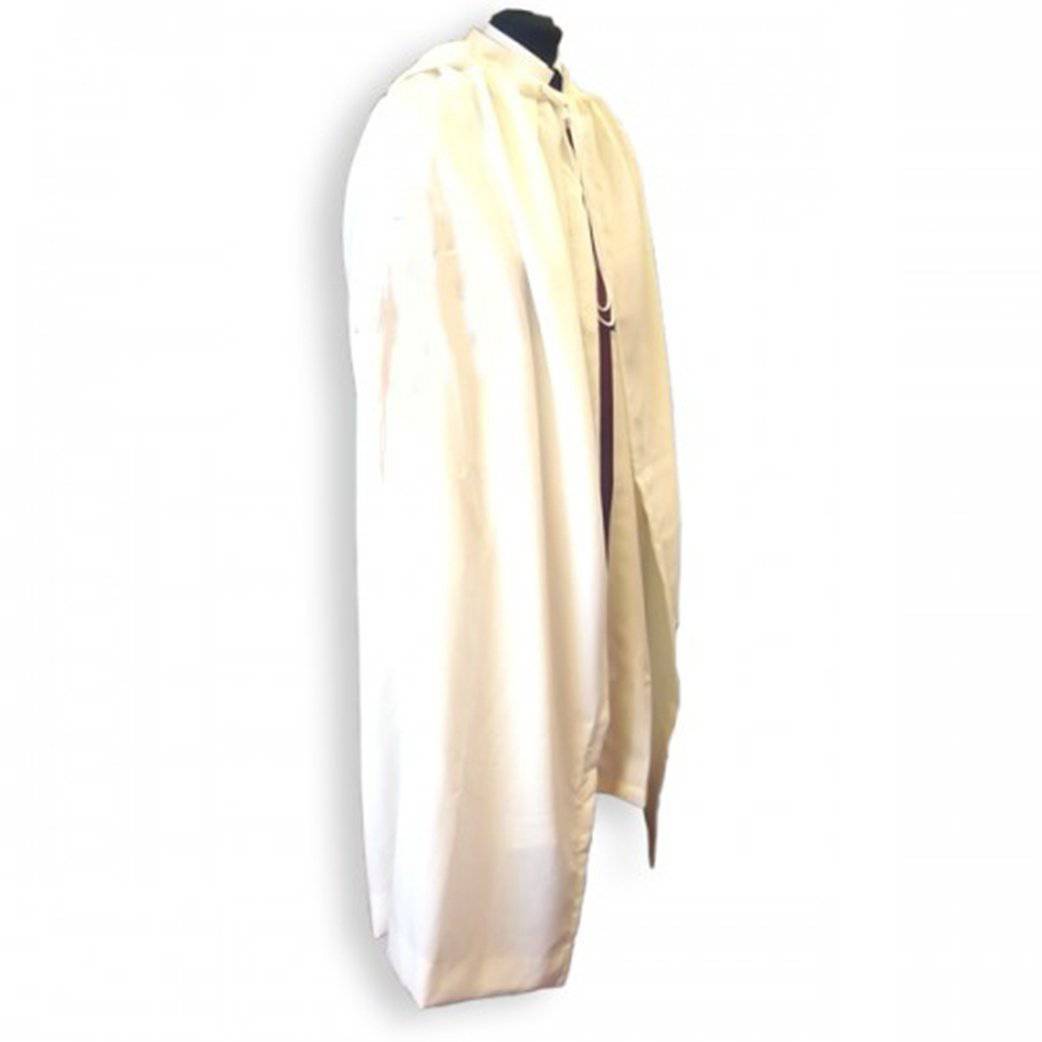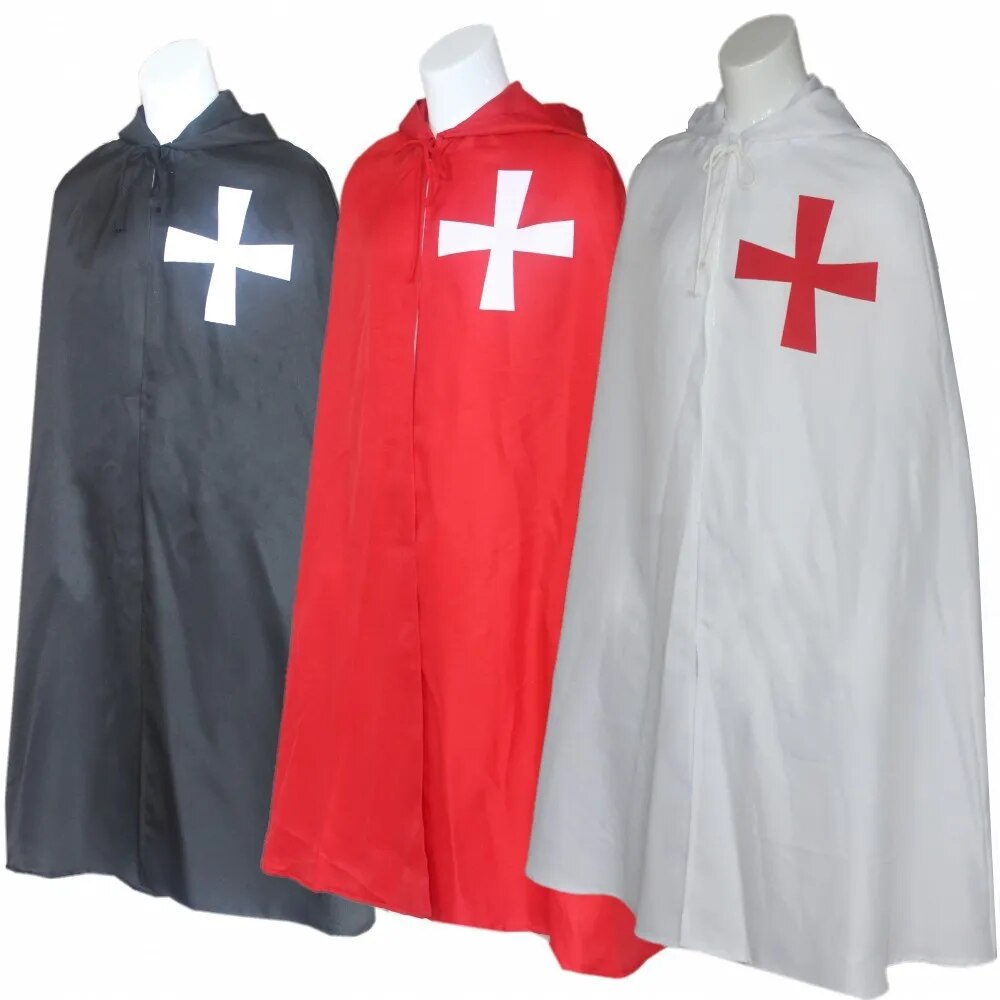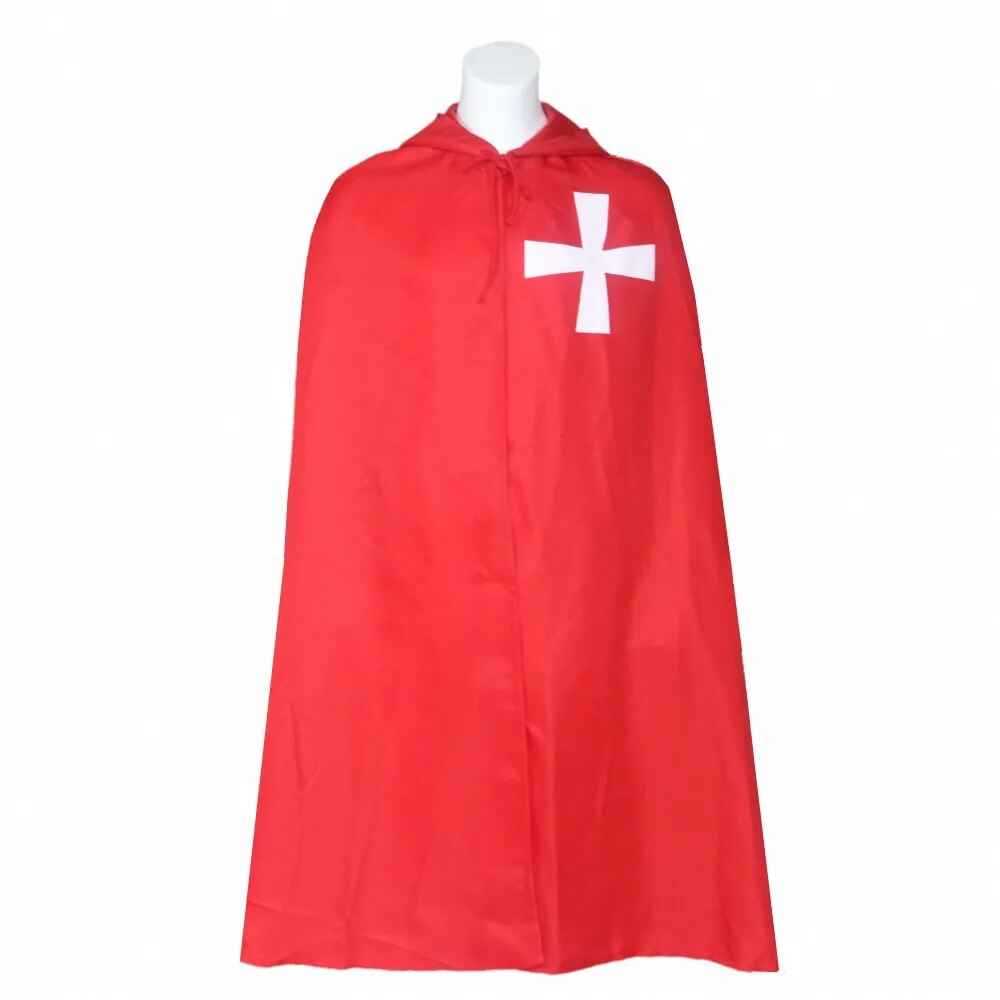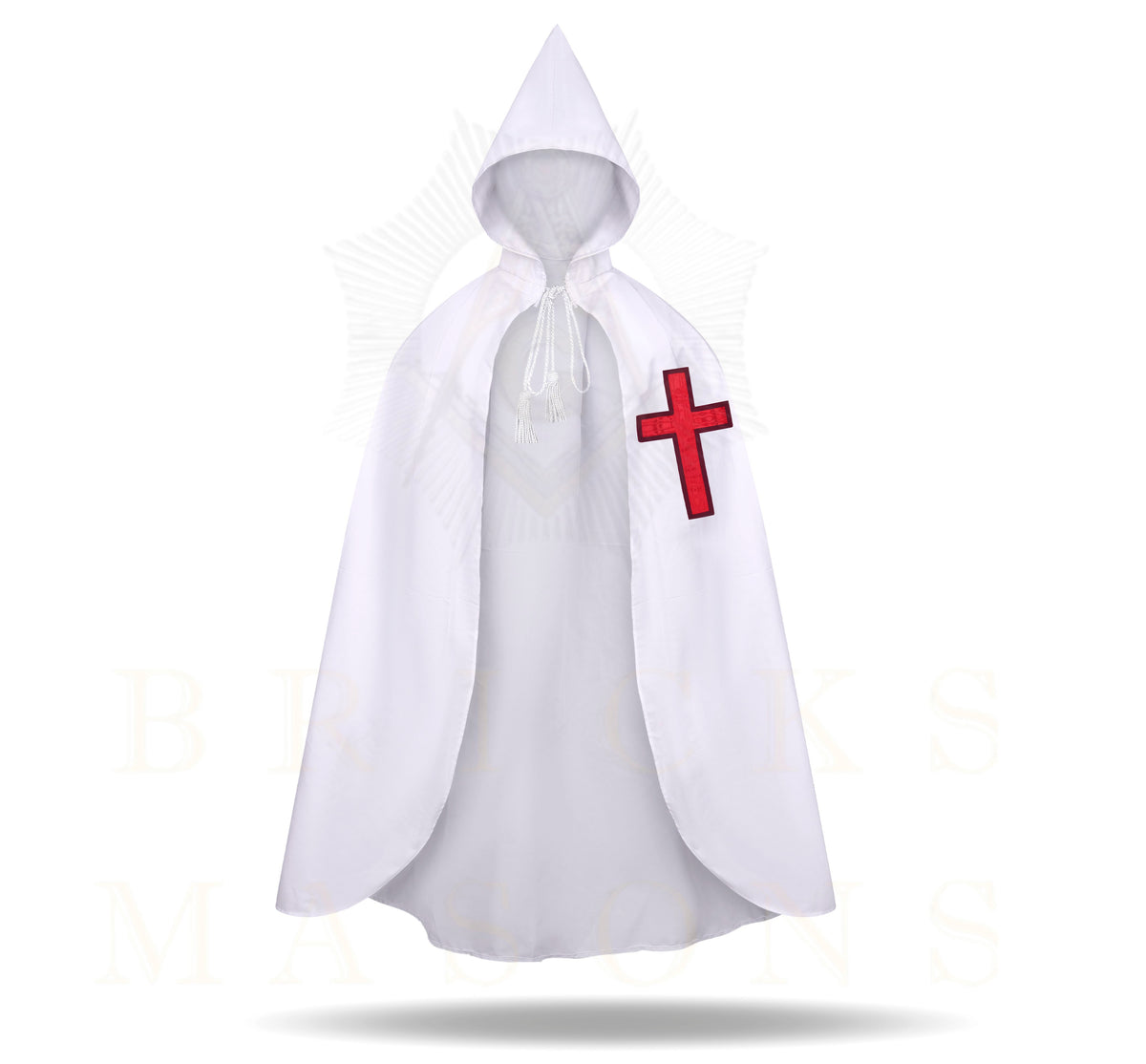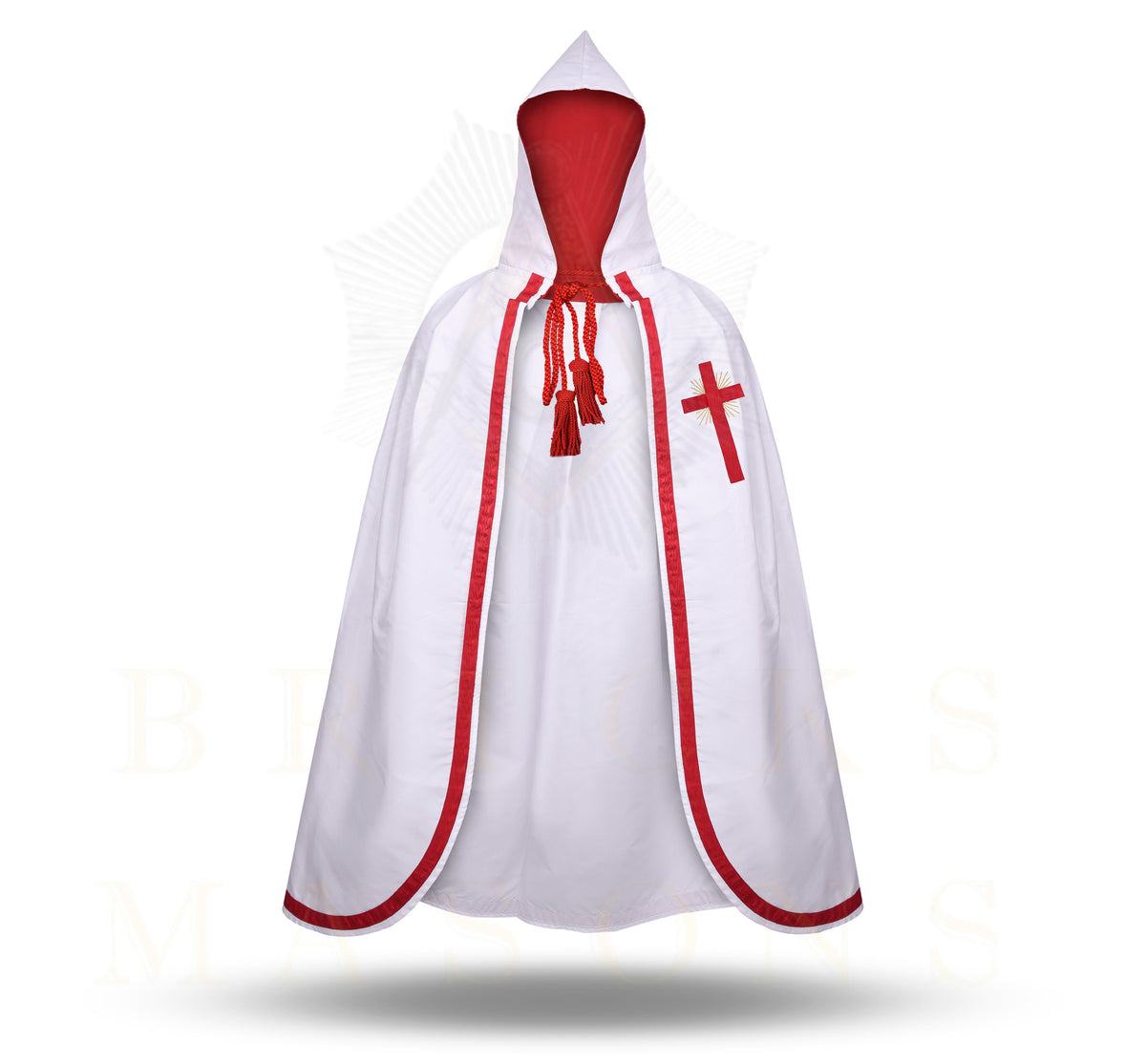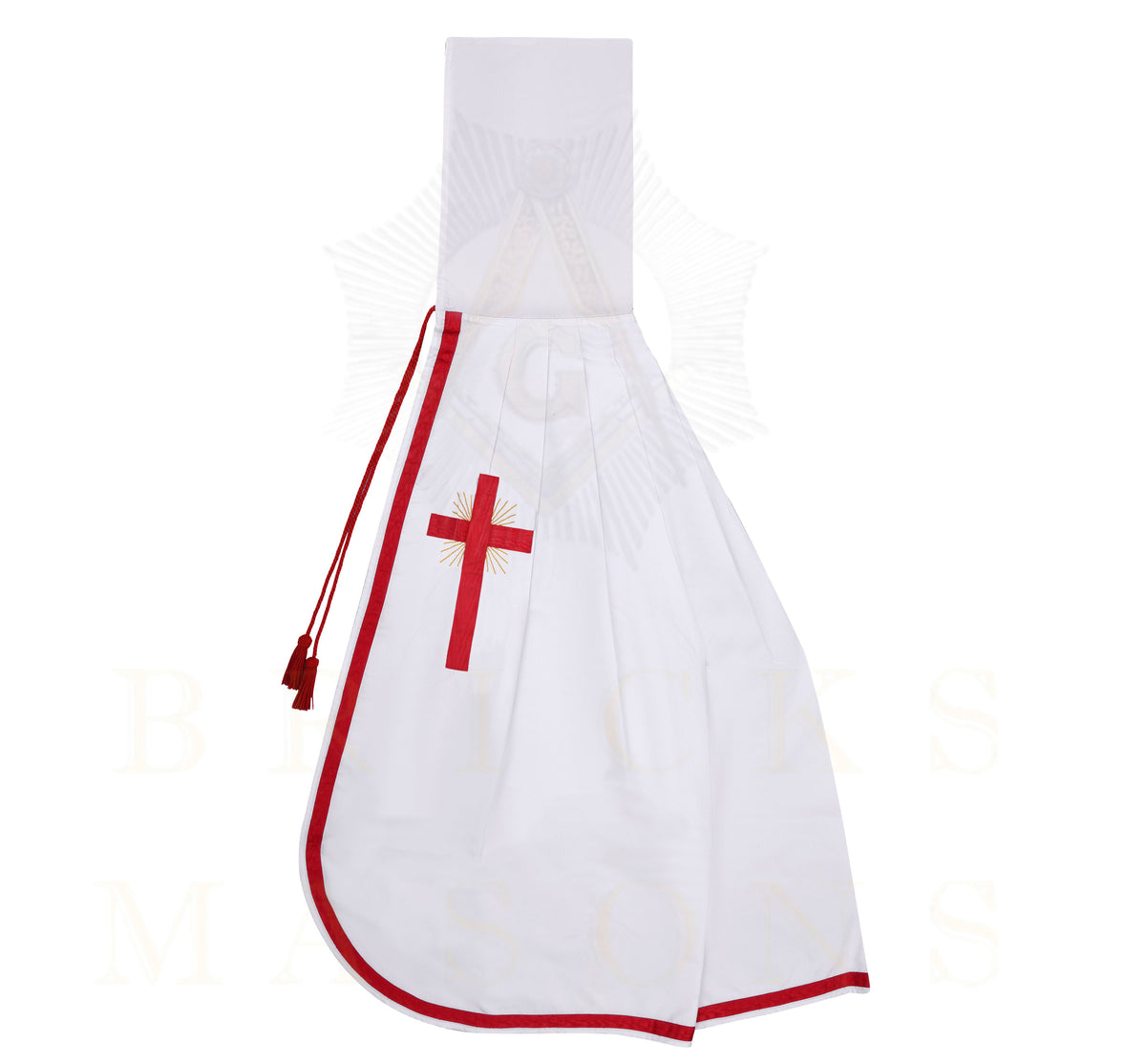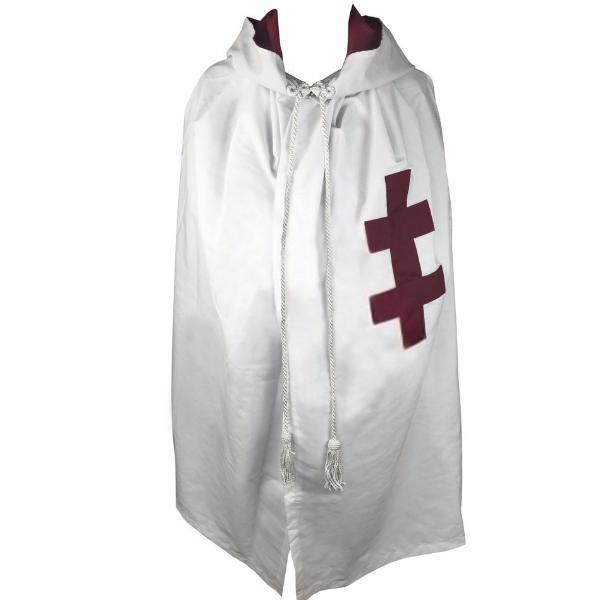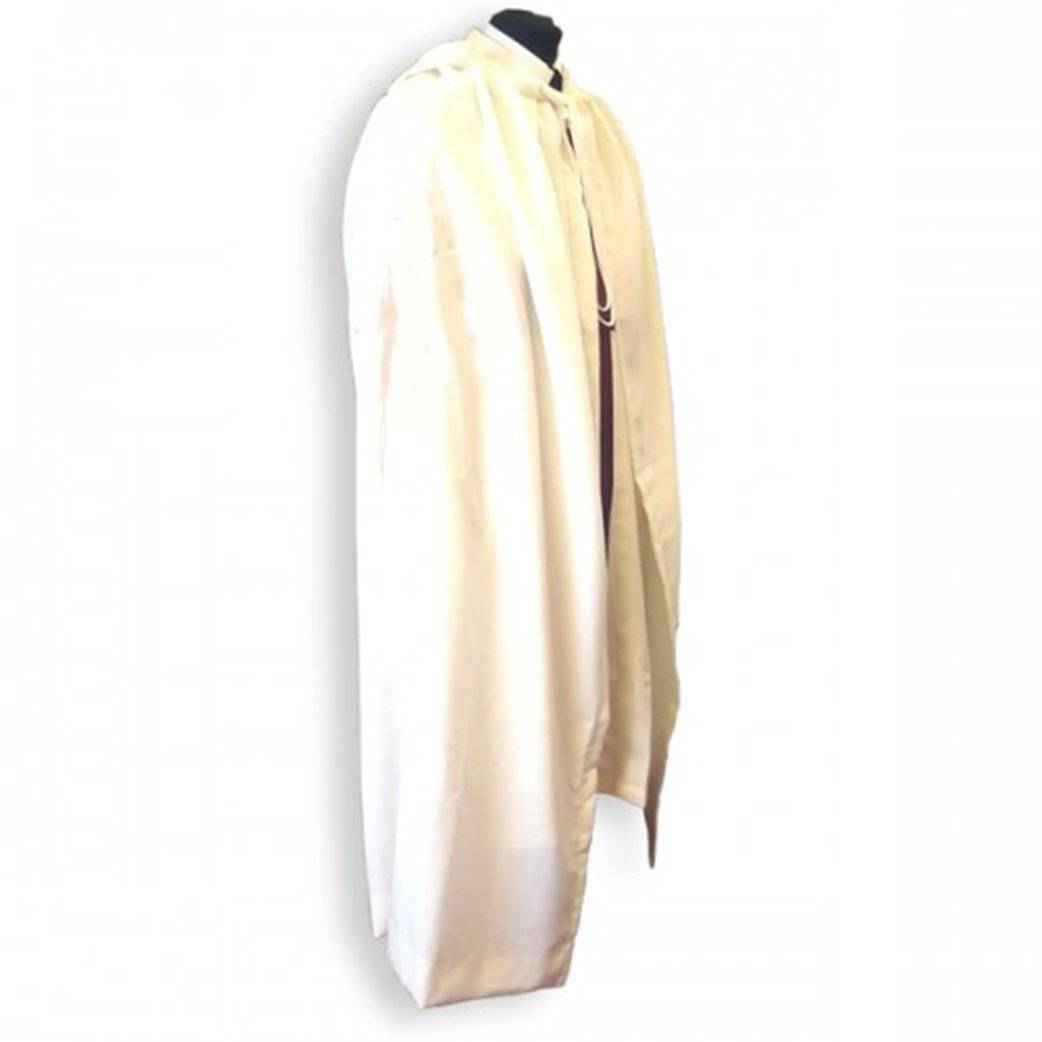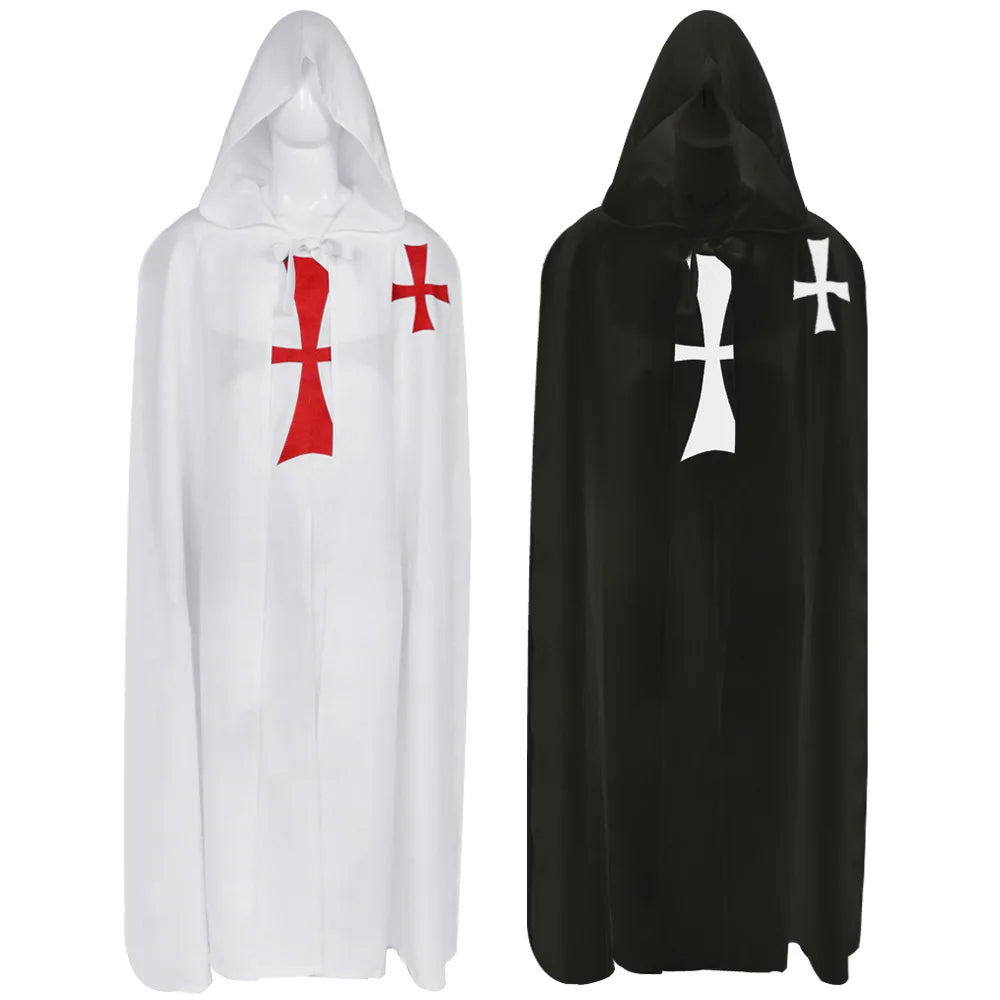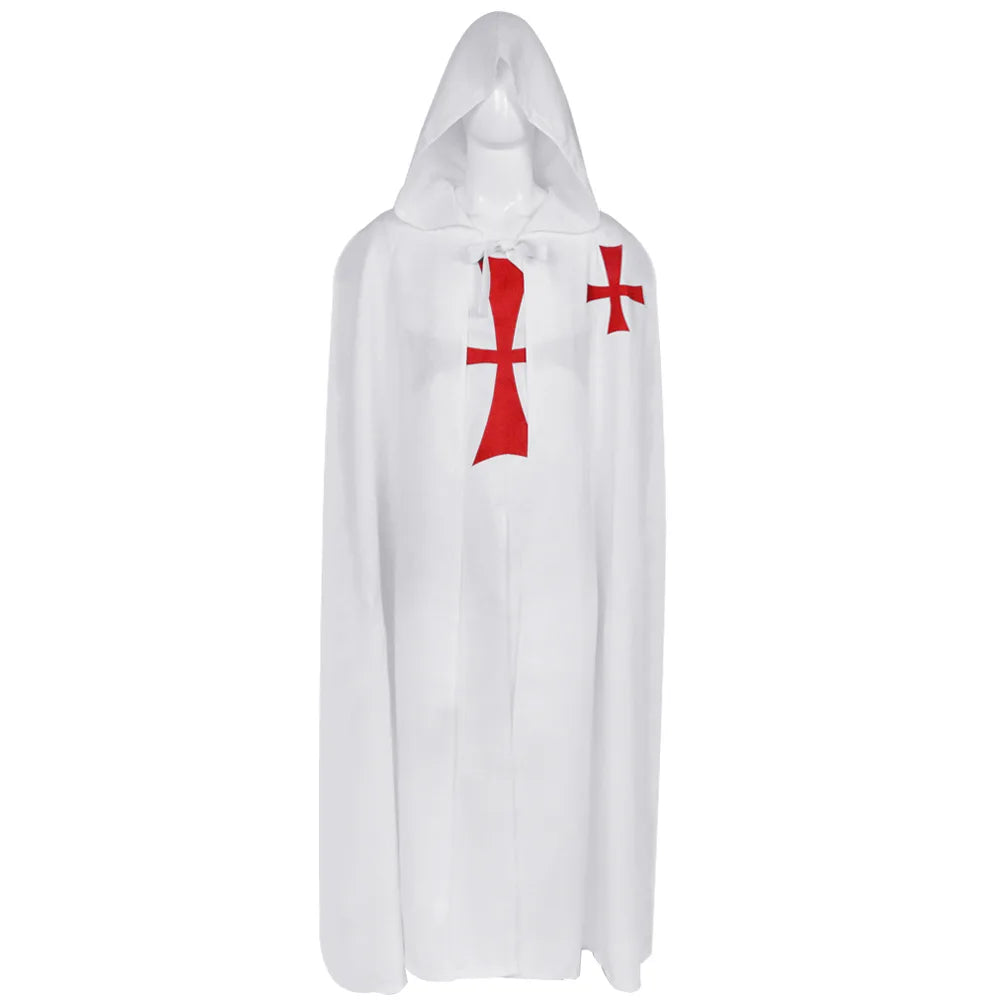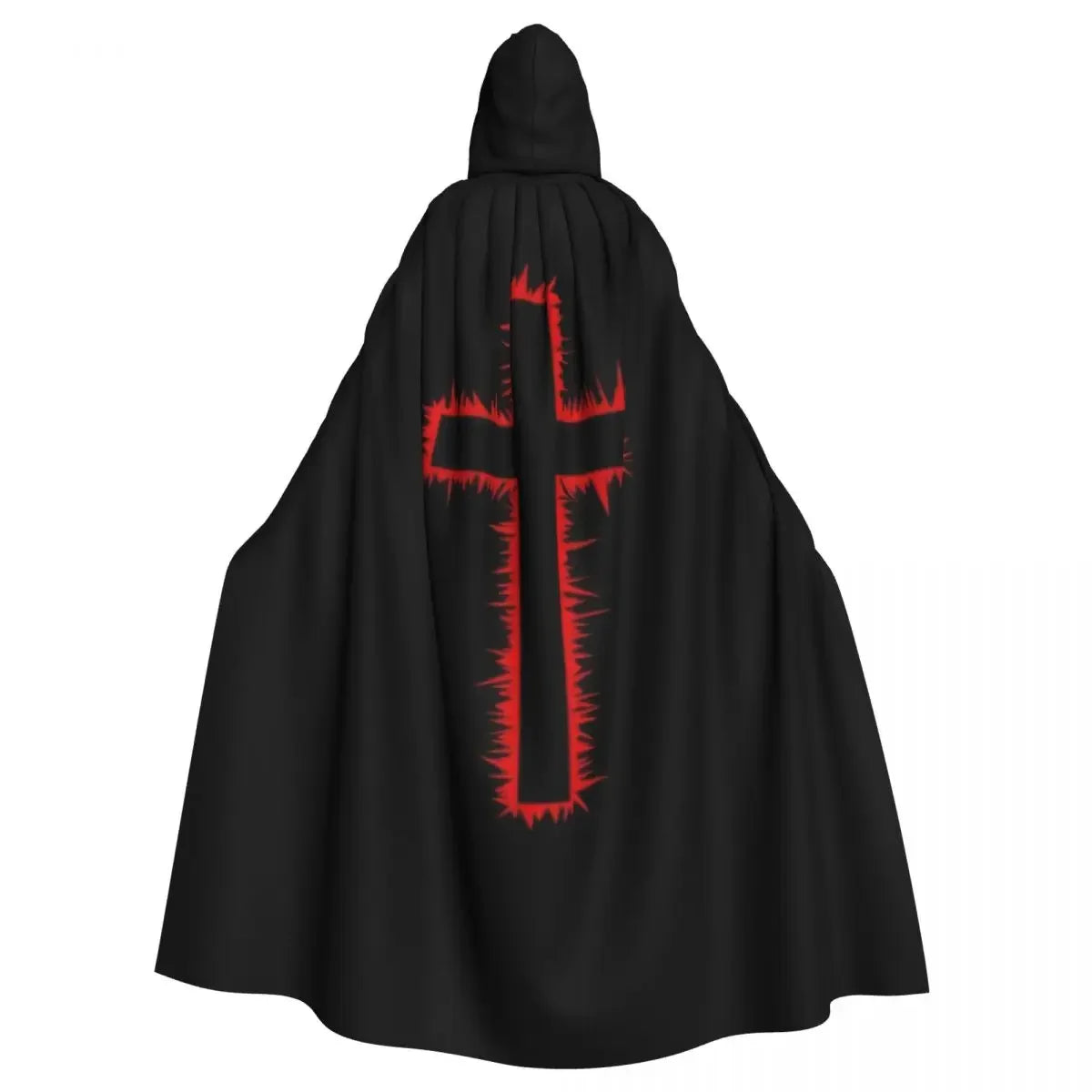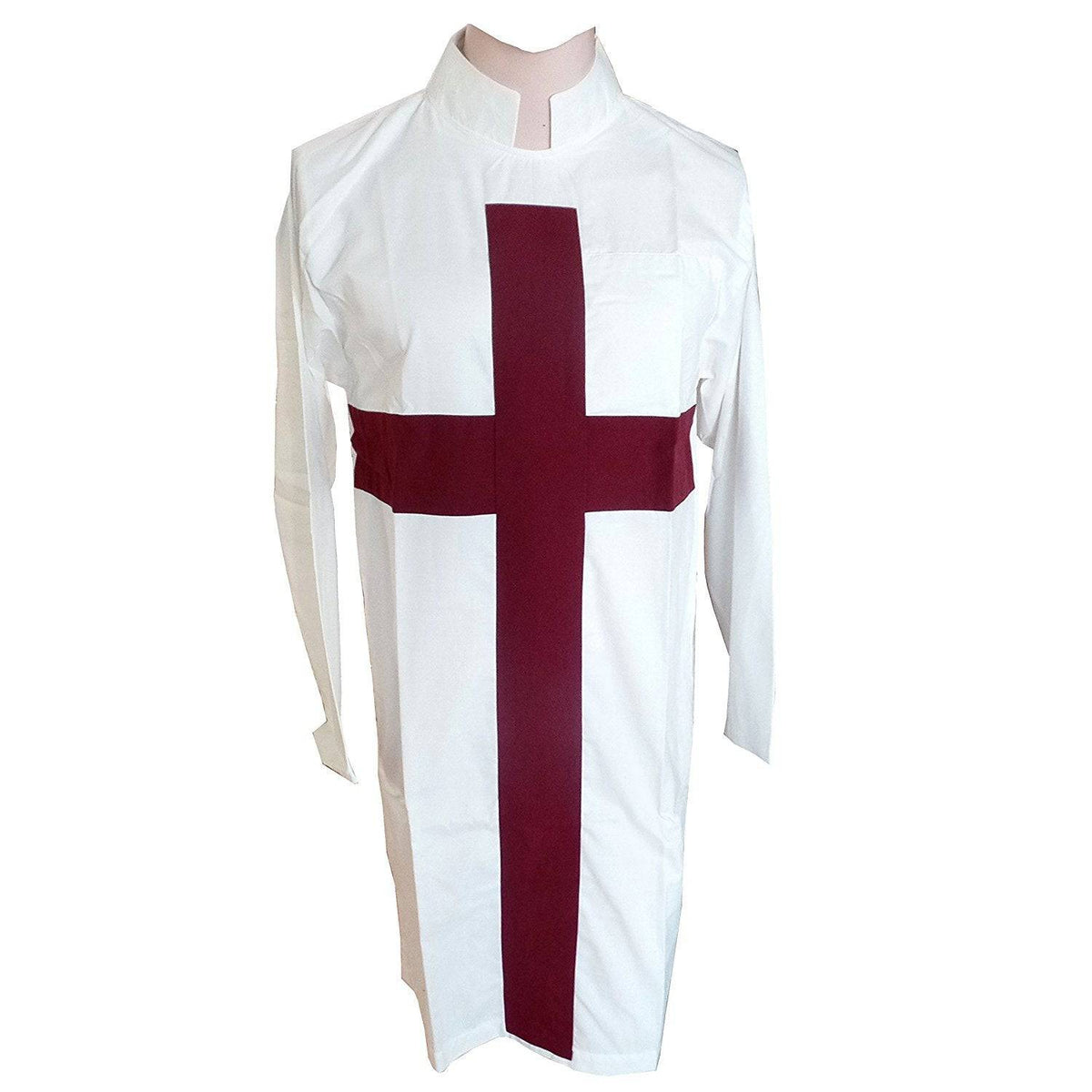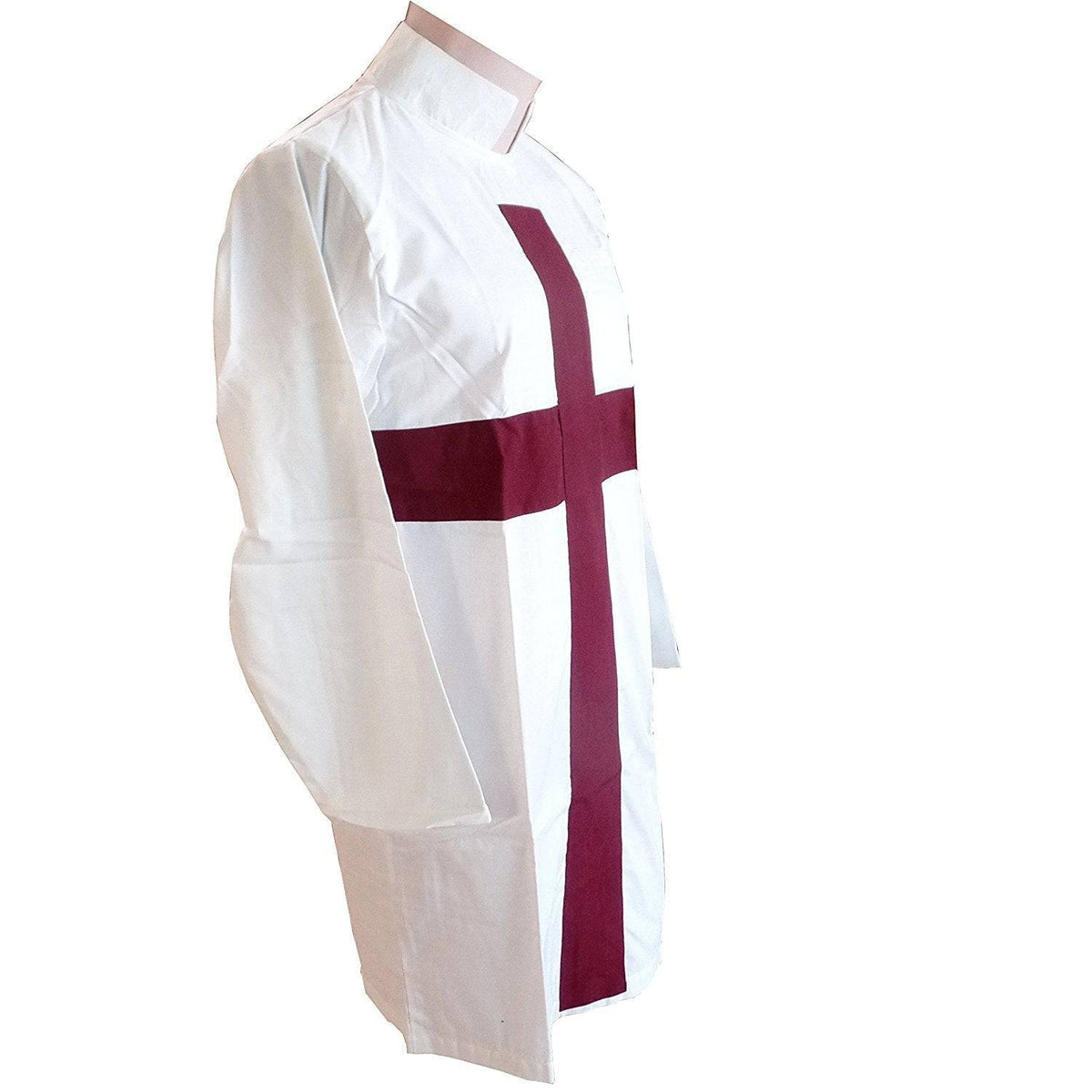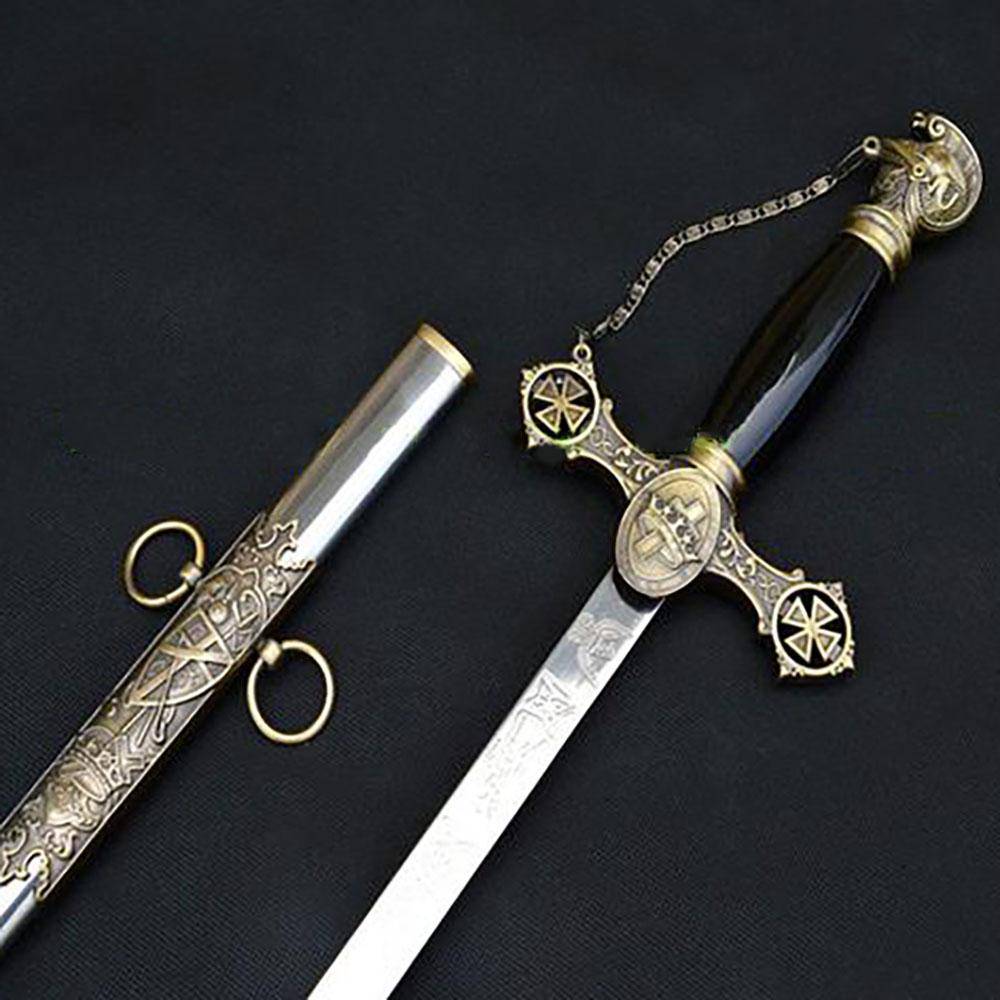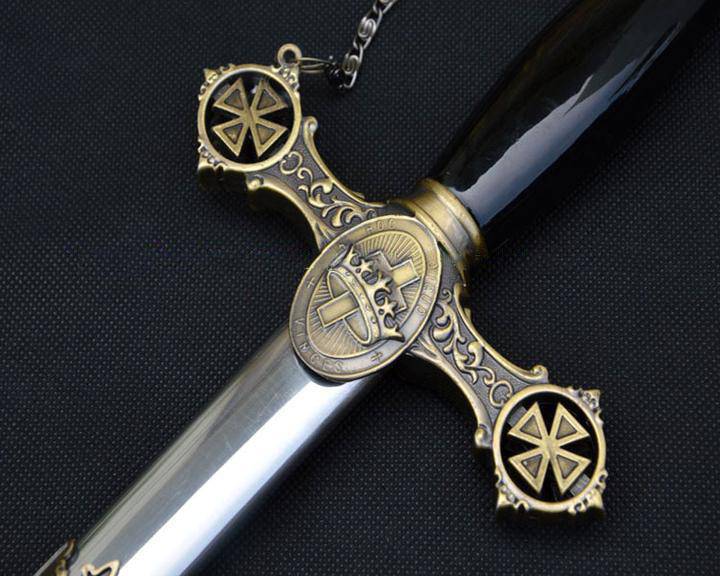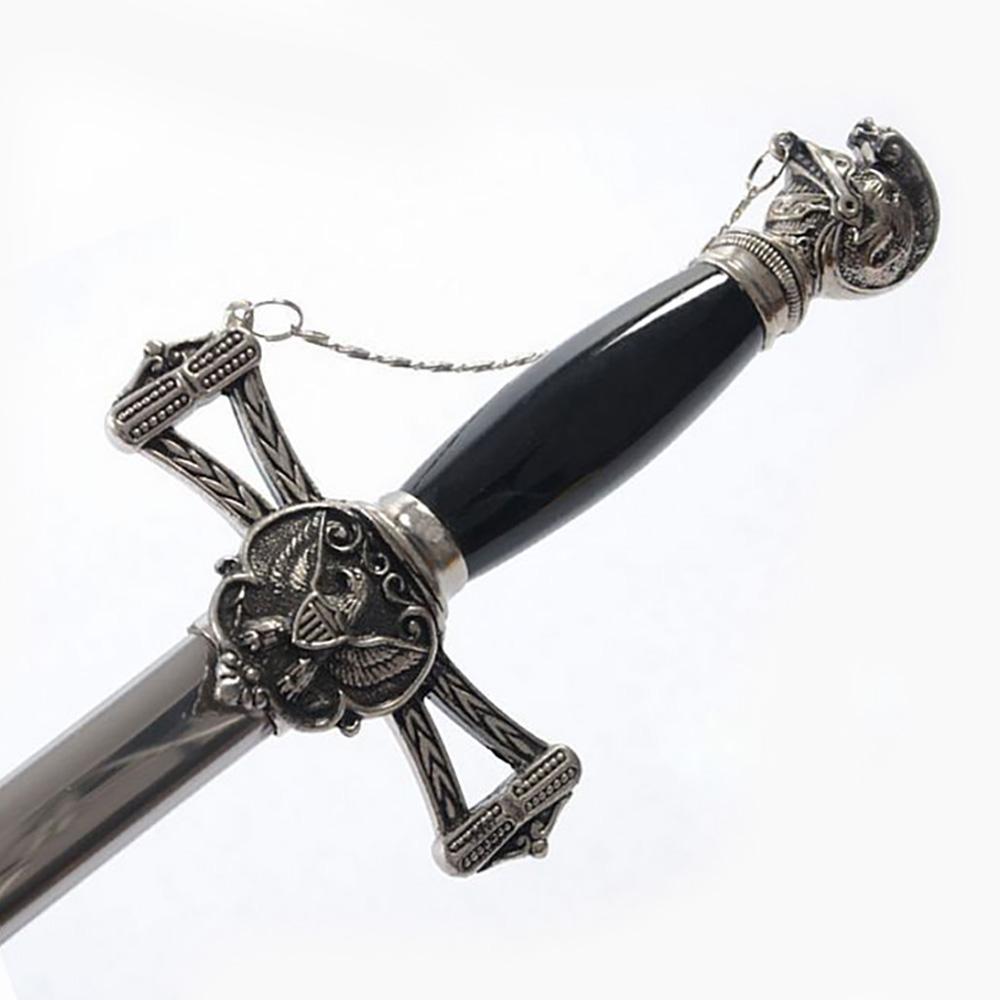The Templars in Scotland and Ireland: Myths, Mysteries, and Legacy
The Knights Templar, one of history's most enigmatic orders, have left an enduring legacy that spans continents and cultures. While much of their influence was concentrated in the Holy Land and mainland Europe, the Templars also left their mark on Scotland and Ireland. These lands, steeped in ancient traditions and mystical landscapes, became an intriguing chapter in the story of the Templars.

The Knights Templar in Scotland: Guardians of Secrets
Historical Presence in Scotland
The Templars arrived in Scotland during the height of their power in the 12th and 13th centuries. They established several preceptories (administrative and training centers), the most notable of which were Balantrodoch (now Temple, Midlothian) and Maryculter in Aberdeenshire. These sites served as hubs for managing the order’s estates, training knights, and conducting their financial operations.
Robert the Bruce and the Templar Myth
One of the most enduring legends of the Templars in Scotland revolves around their alleged involvement in the Battle of Bannockburn in 1314. According to folklore, after the order’s suppression in 1307, many Templars sought refuge in Scotland, where King Robert the Bruce had been excommunicated by the Catholic Church. This political isolation provided a safe haven for the Templars.
Some accounts suggest that Templar knights aided Bruce in his victory against the English at Bannockburn, cementing their place in Scottish lore. While historical evidence remains elusive, the legend persists, adding an aura of mystery to their Scottish connections.
Rosslyn Chapel: A Templar Treasure?
Rosslyn Chapel, located near Edinburgh, is often linked to the Knights Templar. Built in the 15th century by the Sinclair family, the chapel’s intricate carvings and mysterious symbols have fueled speculation that it was a repository for Templar secrets, including the Holy Grail.
While historians argue that there’s no direct evidence connecting the Templars to Rosslyn Chapel, its mystical atmosphere and enigmatic imagery continue to captivate visitors and conspiracy theorists alike.
The Knights Templar in Ireland: Foundations and Influence
Arrival and Establishment in Ireland
The Templars were introduced to Ireland in the late 12th century, following the Anglo-Norman invasion. Their influence grew as they acquired land and built preceptories across the island. Key sites included Clontarf (Dublin), Kilbarry (Waterford), and Templehouse (Sligo).
These preceptories served multiple purposes:
- Agricultural Hubs: They managed vast estates that contributed to the order’s wealth.
- Military Outposts: Ireland’s strategic location made it a key point for logistics and recruitment.
- Spiritual Centers: The Templars provided religious services and guidance to the local populace.
Templar Trials in Ireland
When the Templar order was suppressed in 1307, Ireland followed the papal edict to arrest its members. Unlike in France, the trials in Ireland lacked the drama and brutality of forced confessions. Many Irish Templars simply faded into obscurity, blending into local communities.
Modern Echoes: Templar Legacy in Ireland
The Templar name survives in Irish place names like Templehouse in Sligo and Templepatrick in Antrim. These locations, though often devoid of grand ruins, remind us of the order’s once-prominent role in Irish society.
Similarities and Differences in Scotland and Ireland
Common Traits
- Strategic Locations: Both Scotland and Ireland served as peripheral strongholds for the Templars, offering a degree of autonomy compared to mainland Europe.
- Rural Influence: In both countries, Templar preceptories were more rural and agricultural than their urban counterparts in France or Italy.
Unique Aspects
- Scotland’s Role in Templar Myths: Scotland’s political climate and figures like Robert the Bruce have intertwined Templar history with legend, creating a more romanticized narrative.
- Ireland’s Quiet Legacy: Ireland’s Templar story is less mythic and more subdued, focusing on tangible contributions to local economies and communities.
The Templars’ Influence on Celtic Culture
The Templars’ presence in Scotland and Ireland extended beyond military and economic activities. Their values of discipline, spirituality, and architecture left a mark on Celtic societies.
- Architectural Heritage: Templar sites in both countries often featured Romanesque designs, influencing local construction styles.
- Spiritual Practices: The Templars introduced new religious customs and traditions that blended with existing Celtic Christian practices.
- Folklore and Mythology: Stories of buried Templar treasures, secret rituals, and hidden manuscripts continue to enrich Celtic folklore.

Modern Connections and Cultural Fascination
Today, the Knights Templar remain a popular subject in Scotland and Ireland, attracting tourists, researchers, and enthusiasts.
- Heritage Tourism: Sites like Rosslyn Chapel and Templehouse draw visitors eager to explore Templar mysteries.
- Popular Culture: Books, movies, and documentaries featuring Templar legends keep their story alive.
- Modern Orders: Contemporary Templar organizations often trace their roots to these lands, celebrating the order’s enduring mystique.
Conclusion: A Legacy of Mystery and Influence
The Knights Templar in Scotland and Ireland symbolize a fascinating blend of historical reality and mythic allure. While their tangible impact on these lands was significant, it is the legends—of secret alliances, hidden treasures, and enduring ideals—that continue to captivate imaginations.
Whether exploring the ruins of a preceptory, wandering the halls of Rosslyn Chapel, or pondering the order’s influence on Celtic culture, one thing is certain: the Templars’ legacy in Scotland and Ireland will remain an enduring chapter in their storied history.




